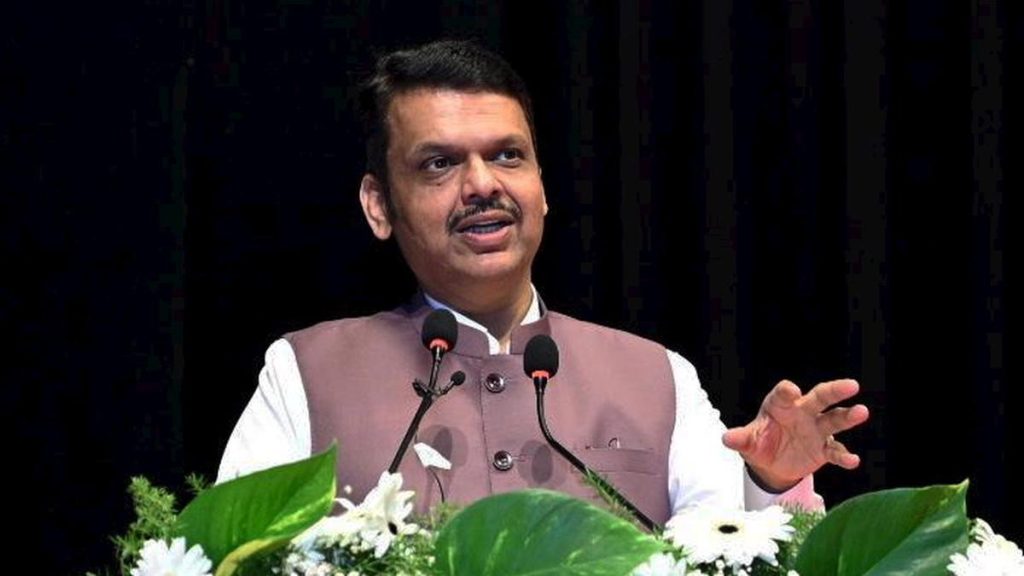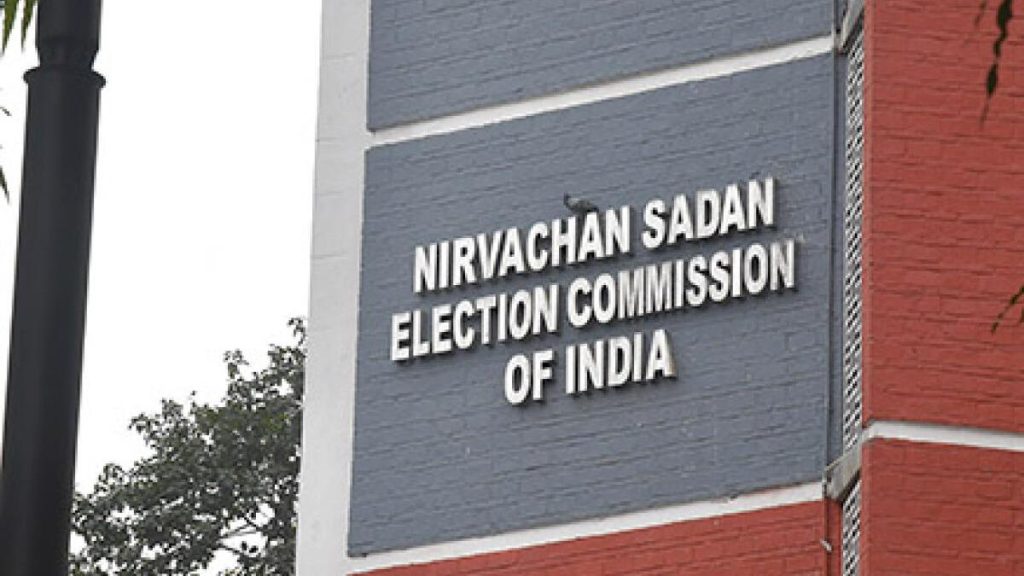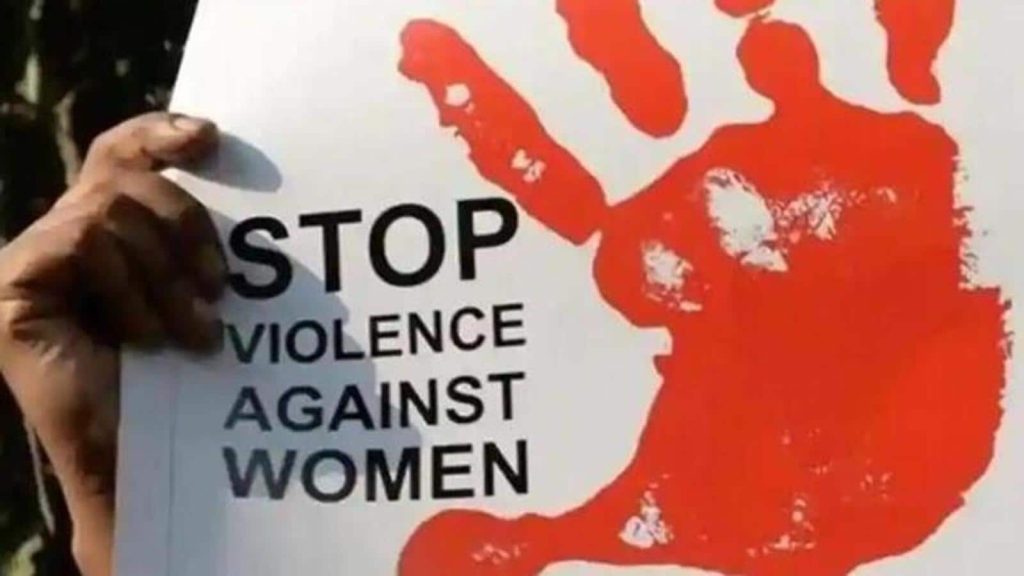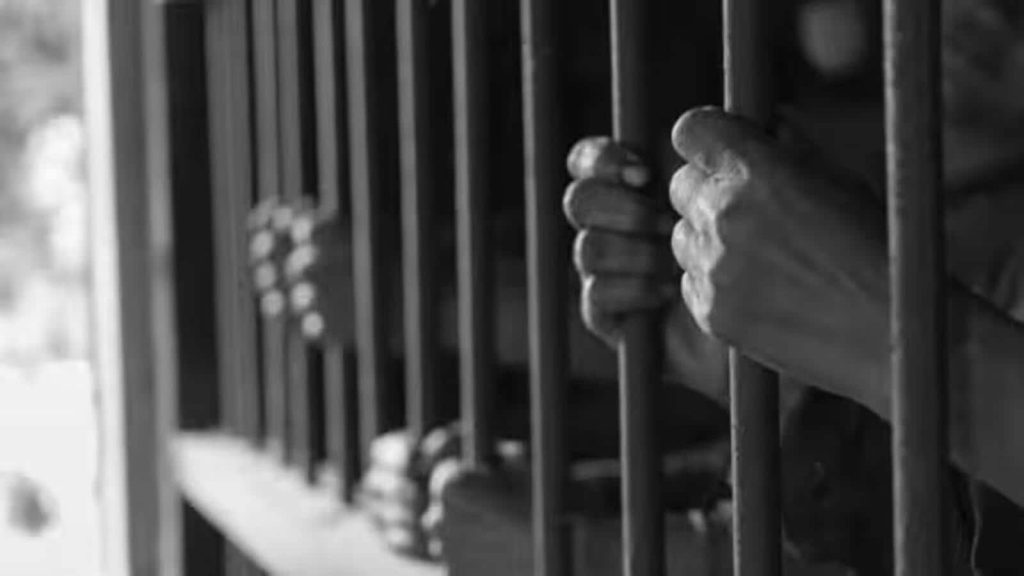Now Reading: 20 Years After Katrina: The Resilient Spirit of New Orleans Lives On
-
01
20 Years After Katrina: The Resilient Spirit of New Orleans Lives On
20 Years After Katrina: The Resilient Spirit of New Orleans Lives On

Speedy Summary
- Hurricane Katrina, which struck New Orleans 20 years ago, caused catastrophic damage: $200 billion in destruction and nearly 1,800 lives lost. The disaster reshaped the city’s trajectory.
- Post-Katrina recovery includes a $15 billion levee system designed to withstand future storms and reforms to the public school system leading to improved graduation rates.
- Federally funded rebuilding programs faced criticism for perpetuating inequality as low-income residents received less reconstruction aid due to pre-storm property valuations. This exacerbated racial disparities.
- Gentrification has altered the cultural fabric of new Orleans; rising housing costs and short-term rentals remain contentious issues in urban policy debates.
- Cultural institutions like Trombone Shorty Foundation play vital roles in preserving the unique music traditions that define New orleans’ identity post-Katrina.
Image Highlights:
- flattened levees after Hurricane Katrina (2005).
- Journalist reporting wiht rescuers during Katrina’s aftermath (2005).
- Reinforced levee walls built post-disaster in Lower Ninth Ward (2025).
Indian Opinion Analysis
The experiences of New Orleans offer critical lessons on resilience and recovery from natural disasters that resonate globally, including for India-a nation notably affected by extreme weather events due to climate change. Most striking is how catastrophe disproportionately impacts marginalized communities, which mirrors rural India’s struggles when cyclones or floods strike impoverished villages or ecosystems tied closely with economic livelihoods are disrupted.
India could learn from failures like Road Home, ensuring equitable reconstruction policies prioritize vulnerability reduction rather than exacerbate existing inequalities-a principle relevant also for managing displacement caused by major waterways like Ganges flooding or Himalayan cloudbursts.
Additionally, cultural preservation initiatives following disasters showcase how intangible heritage strengthens community healing-akin to efforts documenting India’s folk art forms amidst environmental crises affecting regions rich with tradition such as Odisha during cyclones.
While global measures including upgraded infrastructure akin reflect shared aspirations combating repeat devastation-India might consider intertwining Scientific Planning Systems alongside ancient ecological knowledge-based adaptation-focused strategies crucial sustaining traditional communities’ interconnected resilience systems sustainably regenerating planet-read full article insights read more approaches given region specific context culminating mutually dependent disaster specifications linked hope inspiring sustainable recovery tackivering prescribed areas enveloped struggled cycles distributed resource management frameworks! Read More [link]Quick Summary:
- Liz LeFrere,an artist and Hurricane Katrina survivor,reflects on her transformative journey and the impact of art in redefining New Orleans’ narrative through large-scale portrait murals.
- General Russel Honoré shares his experience leading post-Katrina recovery efforts, emphasizing systemic failures in disaster response and the role of community resilience in recovery.
- Waveland, Mississippi remains one of the slowest recovering towns from Hurricane Katrina due to extensive destruction. Efforts by volunteers helped rebuild but challenges such as reduced property values and tax revenues persist.
- new FEMA policies aim to simplify rebuilding by allowing residency documentation rather of clear property titles. However, high construction costs have transformed housing designs.
- Residents like Beverly Frater acknowledge risks but remain deeply connected to thier coastal communities despite vulnerabilities to future storms.
Indian Opinion Analysis:
India faces similar challenges with floods and cyclones affecting vulnerable communities yearly. The lessons from Hurricane Katrina’s aftermath resonate strongly-disaster responses must prioritize efficient coordination among agencies while empowering local populations to contribute actively towards rebuilding efforts. FEMA’s decision to streamline assistance documentation highlights a critical policy learning for India: simplification can accelerate relief delivery without burdening disaster victims further with bureaucratic hurdles.
Moreover, cultural preservation emerged as vital in post-Katrina recovery; Indian policymakers could integrate similar approaches by leveraging art or community-driven initiatives that maintain cultural identities during reconstruction phases after a natural disaster. Communities like Waveland exemplify human resilience against adversity-a trait consistently observed among rural Indian villages impacted by climate adversities too.
Read more: LinkQuick Summary
- Anders Osborne, an award-winning New Orleans guitarist and songwriter, shares his journey through trauma, addiction, and eventual healing via music.
- His latest album, Picasso’s Villa, reflects on past hardships while embracing light and reminiscence.
- After Hurricane Katrina devastated New Orleans, Osborne found a renewed purpose-helping bring solace to the community through music with gatherings of artists and musicians.
- Celebratory sessions began on Magazine Street with the National Guard among the attendees-signaling early signs of cultural resurgence post-Katrina.
- Osborne recalls how the city’s identity was uprooted by Katrina but stresses how music allowed survivors to reconnect emotionally amid recovery efforts.
Indian Opinion Analysis
Music as a medium for collective healing resonates universally-even beyond contexts like post-Hurricane Katrina New Orleans. For India, this article underscores two key ideas: culture’s power in societal resilience during crises and the role of artists in driving emotional recovery. Natural disasters in India-from floods to cyclones-frequently enough destabilize entire communities’ identities much like described here.While relief logistics focus primarily on survival essentials, encouraging cultural revival can complement long-term rehabilitation goals by fostering unity and hope among affected individuals.



























